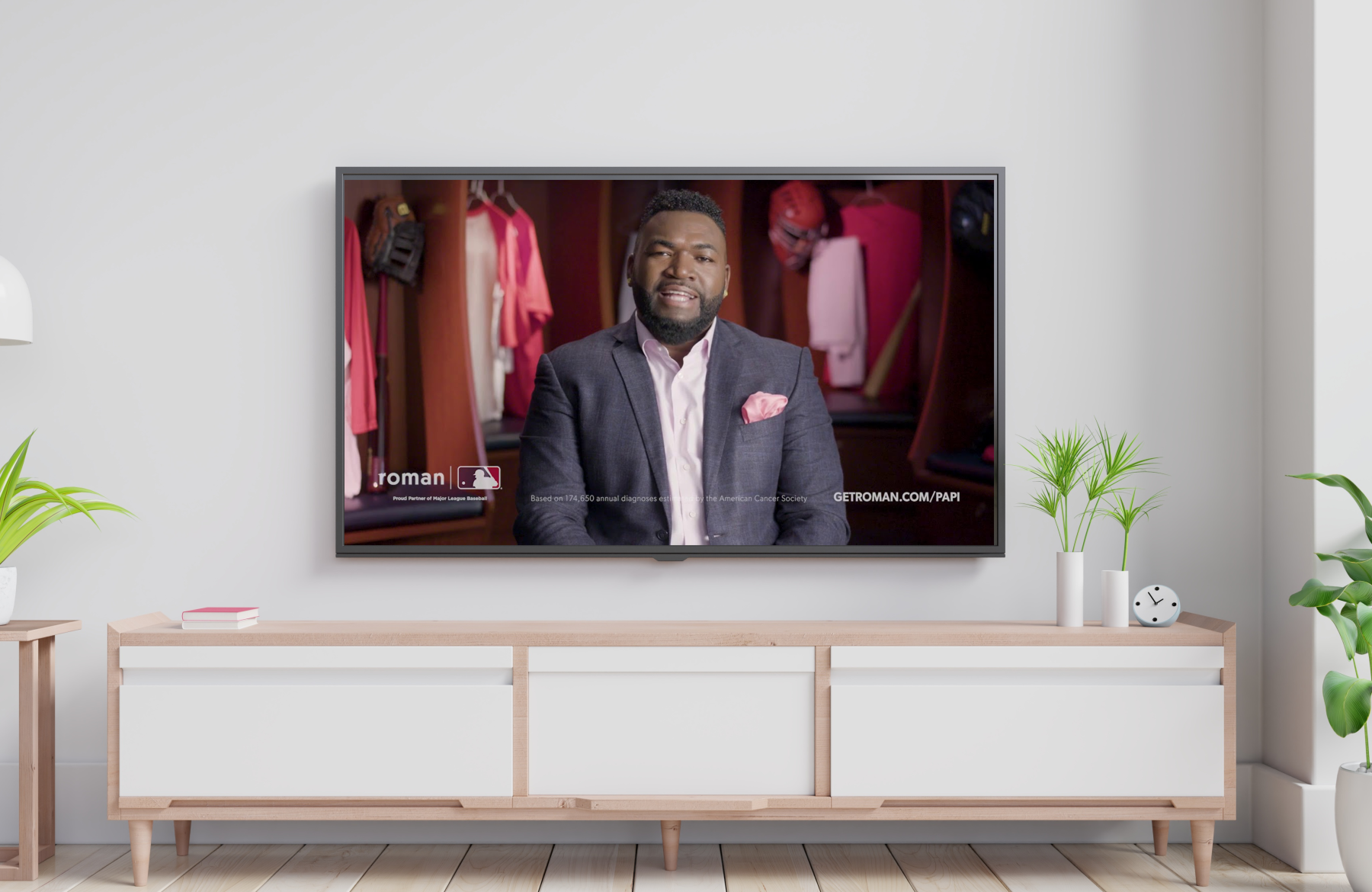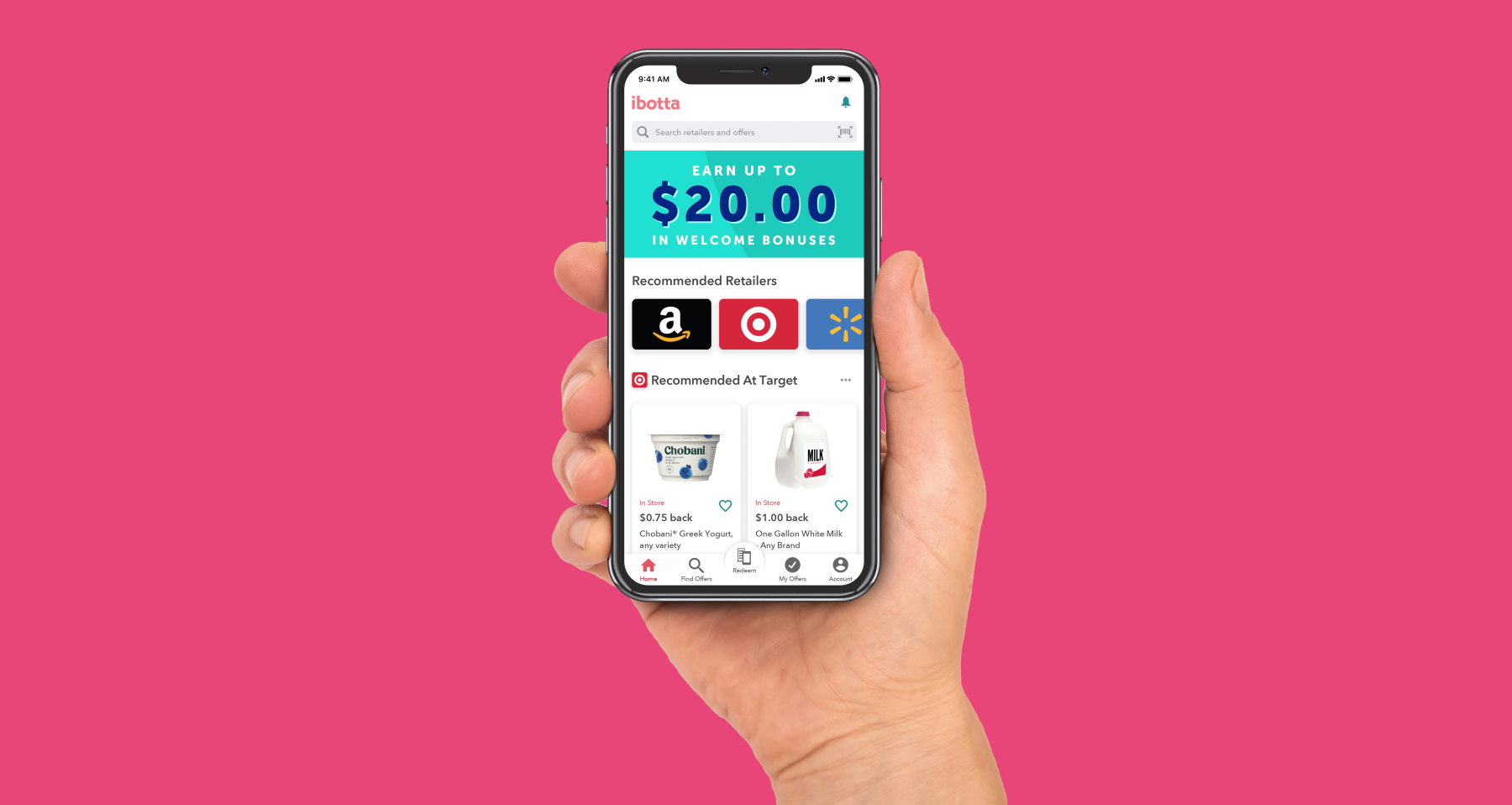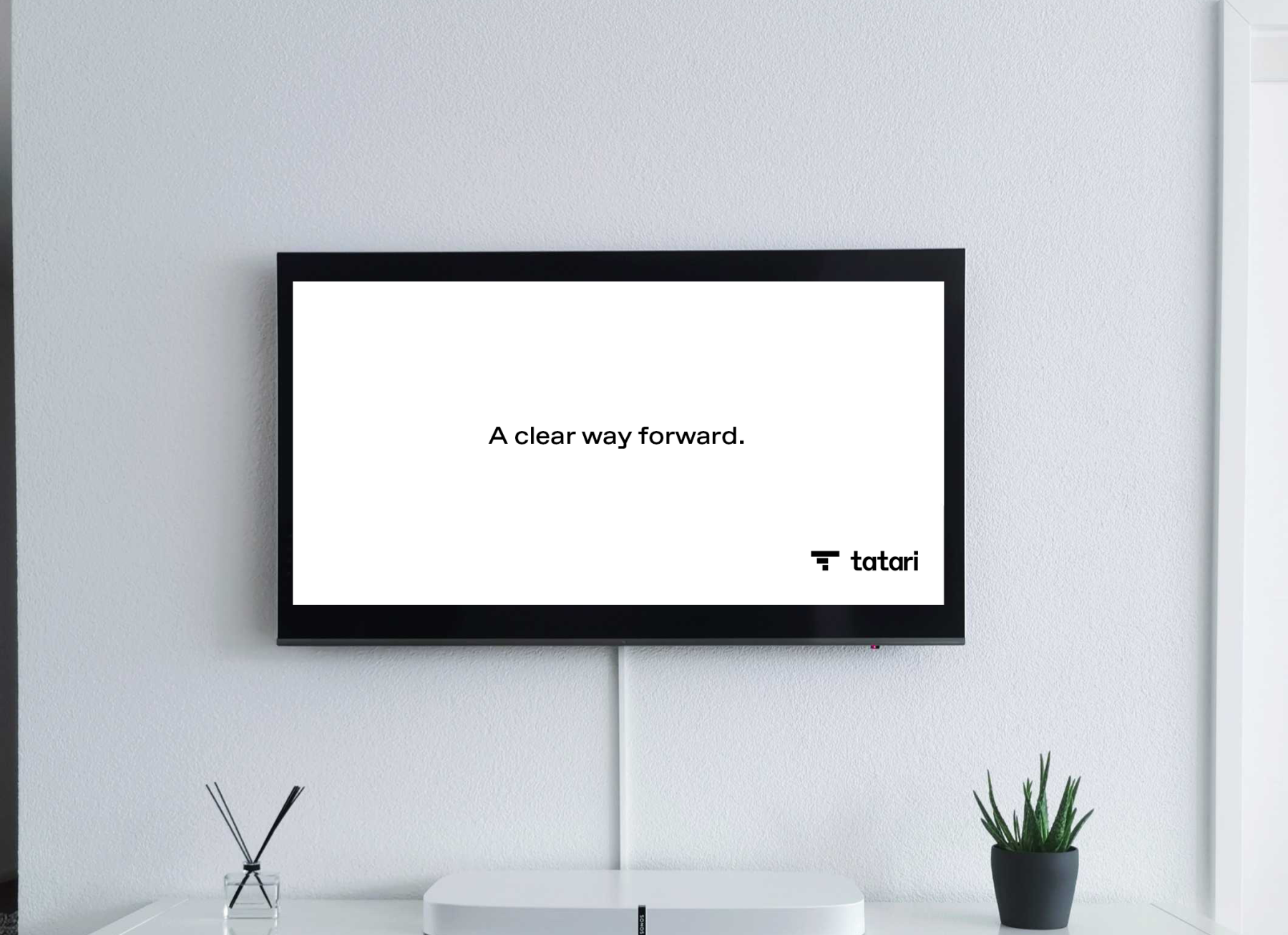
Sponsorships and Integrations: Influencer Marketing for TV
Kim Kardashian has stated that she typically receives up to half a million dollars for a single Instagram post endorsing a company’s product—and that’s a price tag that a lot of brands are willing to pay. After all, advertisers inherently understand the results that can be achieved when their products are featured by a celebrity. As a result, the online influencer marketing industry has quickly grown to a $21.1 billion industry in the blink of an eye.
What a lot of today’s digital advertisers are forgetting is that the same tactic has been around for decades on TV. Sponsorships and Integrations (also known as product placement) allow advertisers to reach millions of viewers in a “native format”, brand-safe environment, and with creative control.
Sponsorships and integrations are often spoken of in the same breath, but there are distinctions to be made.
Sponsorships tend to be about aligning a brand’s name with a show or event via high-profile signage and logo placement. Sponsorships are a great way to boost visibility, and they tend to be faster and easier to execute than a deeper integration.
Today, we see sponsorships prominently in the sports world, where athletic apparel companies pay top athletes millions just to wear their products and, thus, be integrated into the televised sporting events. Others leverage their marketing budgets to become the “official [blank] sponsor of the [blank].” Cash-back rewards platform Ibotta, for example, is the official jersey patch partner of the New Orleans Pelicans, an agreement through which the company's logo is prominently featured on the team's game jerseys.
On the cause-driven side, consider the integration between Major League Baseball and Roman, the Men’s Digital Health Clinic. To raise awareness about prostate cancer and funds for research to fight the disease, Roman sponsors MLB’s television and digital media coverage of Father’s Day efforts. As a part of this multi-year effort, Roman has also launched an educational content hub about prostate cancer where MLB fans can discover resources and information about the disease via Roman’s website.
Integrations are more custom in nature and often built through a creative ideation process according to a brand’s budget. Product placement within a popular TV show represents a strong example of an integration in action. Because these initiatives are built into the fabric of the content itself, they tend to have long production cycles, and measurement is typically focused on brand awareness versus performance metrics.
A most recent example is the much-buzzed-about integration of Calm in the CNN election coverage. The clever juxtaposition of an anxiety-filled event brought to you by a relaxation tool paid off handsomely.
Getting Started and Cost
When a Tatari client is interested in exploring sponsorship opportunities, we start with a simple overview of opportunities and establish the budget available. Based on budget and goals, we’re able to refine the list of appropriate opportunities and begin exploring in more detail with network partners.
The cost of integrations and sponsorships can vary greatly depending on complexity, from less than $100,000 up to more than $1 million, depending on the network and execution. Oftentimes, sponsorships are envisioned as an extension of a premium, non-preemptible (NPE) ad package, which factors into the pricing as well.
Structure product placements with data science
At Tatari, we’re focused on delivering high-profile brand sponsorship and integration ideas that take brands to a new level of visibility among today’s TV viewers. The process of crafting such packages is data-intensive, and typically built around an understanding of the more-straightforward TV buys that have worked well for a given brand in the past. The package must be put together in a way that aligns with the performance observed around viewer demographics fit, genre, daytimes, etc.
Measurement
Much like influencer marketing requires evaluating success beyond typical digital ad metrics, TV sponsorships and integrations also require brands to look beyond direct response. After all, these types of custom, creative endeavors are all about strong brand and audience alignment, ultimately designed to bolster not only brand awareness but also brand affinity. Common measurement tactics for sponsorships include brand lift and perception studies, monitoring of Google Trends and Google Analytics quality scores, and gauging rises in baseline traffic to a brand’s site. The process can be complex, but it’s also a lot of fun—and the results are always memorable.
In many ways, TV sponsorships and integrations are—and have always been—the pinnacle of modern-day influencer marketing, aligning brands with the events and personalities about which their target audiences care most deeply. The manifestations are virtually limitless and make for a smart TV buy when pursuing brand optimizations. As TV shows often enjoy popularity for many years, so will the brand integrations that came with it.

Joel Lander
I’m head of strategy and I have lots of ideas.
Related
Marketing Minds: Brooke O'Brien at Ibotta
Tatari sat down with Brooke O'Brien, Marketing Manager of User Acquisition at Ibotta, to learn more about her journey and experience with TV advertising.
Read more
Why your TV commercial should have a persistent brand watermark
What exactly makes a great ad? One creative element has been effective for 70% of Tatari clients who have tested it: brand watermarking!
Read more
Why more brands are testing NPE Buys
Tatari's media buying team works with many brands that find success on specific networks or in certain programs and they often ask media buyers at Tatari; "how do we ensure that we get more spots there?"
Read more


